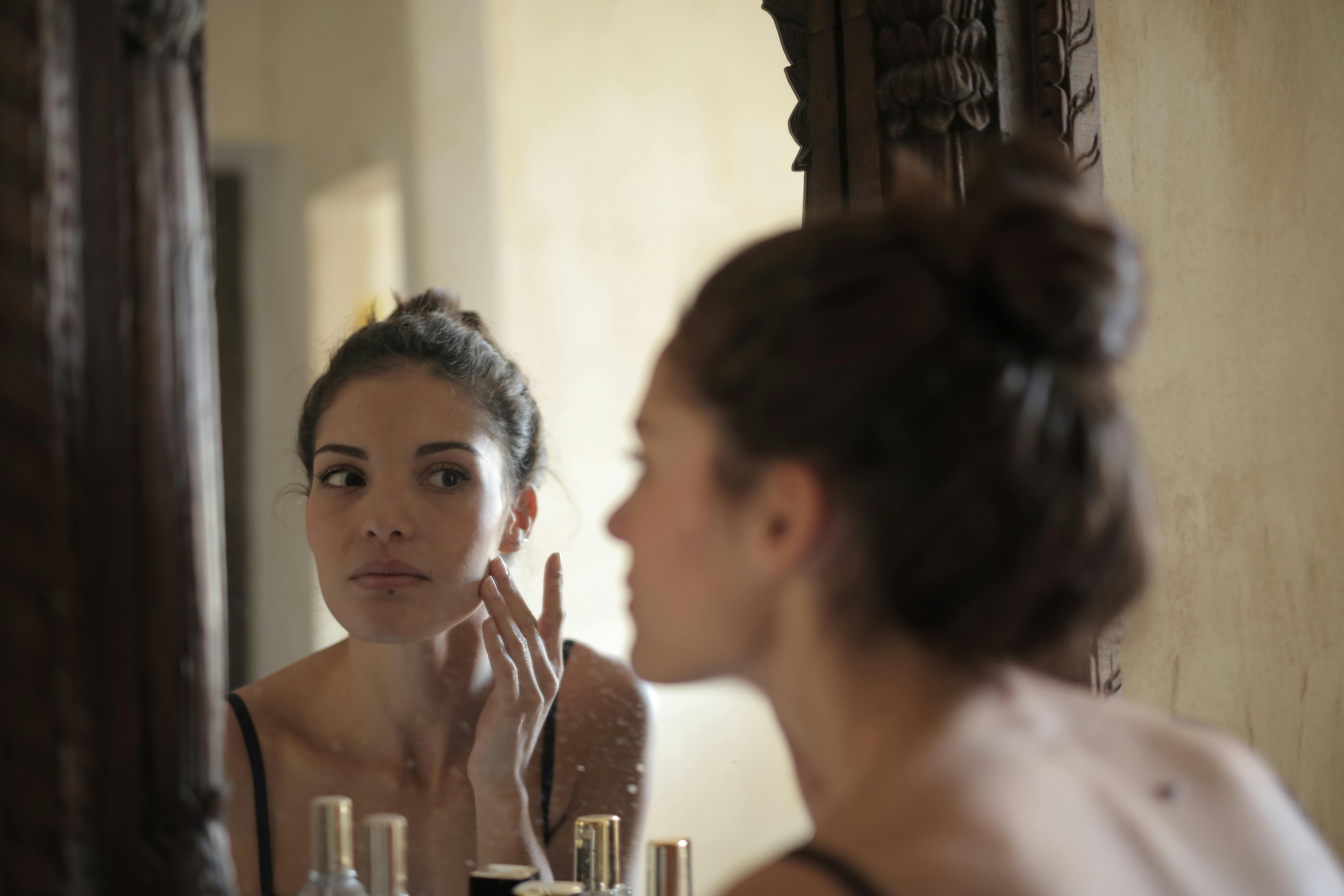The Art and Science of Facial Contouring
Facial contouring has become a cornerstone of modern makeup artistry, transforming the way we approach beauty and self-expression. This technique, which uses strategic shading and highlighting to reshape facial features, has roots in theatrical makeup but has evolved into a mainstream beauty practice. From its early days in Hollywood to its current ubiquity on social media, facial contouring has sparked debates about beauty standards, self-image, and the power of makeup. As the technique has refined over time, it has intersected with advancements in cosmetic formulations, lighting technology, and even plastic surgery, creating a complex landscape of beauty enhancement methods.

In the 1950s and 1960s, stage makeup artists further refined contouring techniques for theater productions. They discovered that careful application of light and dark shades could dramatically alter the appearance of bone structure, making it possible to transform actors’ faces for different roles.
The Rise of Everyday Contouring
While contouring remained primarily in the realm of professional makeup artists for decades, the 1990s saw the beginning of its transition to everyday use. Makeup artists working with supermodels and celebrities began sharing their techniques in magazines and on TV shows. This period also saw the rise of makeup brands targeted specifically at professional artists, making high-quality contouring products more accessible to the public.
The true turning point came in the mid-2000s with the rise of social media and beauty influencers. Platforms like YouTube and Instagram became virtual classrooms where anyone could learn professional-level makeup techniques. Kim Kardashian’s makeup artist, Mario Dedivanovic, is often credited with popularizing the dramatic contouring look that became synonymous with the Kardashian-Jenner family.
The Science Behind the Technique
Effective facial contouring is rooted in an understanding of facial anatomy and how light interacts with three-dimensional surfaces. By strategically applying darker shades to areas that naturally fall into shadow and highlighting areas that catch the light, makeup artists can create the illusion of altered bone structure.
The technique relies on the principles of chiaroscuro, an art term describing the use of strong contrasts between light and dark to create the illusion of depth and volume. In makeup, this translates to using cooler, darker tones to create shadows and warmer, lighter tones to bring areas forward.
Recent advancements in cosmetic chemistry have led to the development of products specifically designed for contouring. These often include light-diffusing particles that help create a more natural-looking finish, blurring the harsh lines that can make contouring look artificial.
The Psychology of Facial Contouring
The popularity of facial contouring has sparked discussions about its psychological impact. On one hand, mastering the technique can boost confidence and provide a sense of control over one’s appearance. Many enthusiasts describe contouring as a form of artistic expression, allowing them to experiment with different looks and enhance their features.
However, critics argue that the widespread use of dramatic contouring, especially on social media, contributes to unrealistic beauty standards. The ability to dramatically alter one’s appearance in photos and videos has led to concerns about body dysmorphia and the pressure to present a “perfect” image online.
Psychologists have noted that while makeup can be a positive form of self-expression, an over-reliance on contouring to feel confident may indicate deeper self-esteem issues. This has led to discussions about the importance of promoting a healthy relationship with makeup and encouraging self-acceptance alongside beauty experimentation.
The Future of Facial Contouring
As technology continues to advance, the future of facial contouring is likely to involve even more sophisticated techniques and products. Augmented reality (AR) makeup apps already allow users to virtually try on different contouring styles, and this technology is expected to become more advanced and widespread.
There’s also a growing interest in more natural, subtle contouring techniques. This shift reflects a broader trend towards “no-makeup makeup” looks and a focus on enhancing rather than dramatically altering one’s features. Some makeup artists are exploring the use of skincare-infused contouring products, blurring the line between makeup and skincare.
The environmental impact of beauty products is another factor shaping the future of contouring. As consumers become more eco-conscious, there’s increasing demand for sustainable, cruelty-free contouring products with minimal packaging. This has led to innovations in solid contour sticks and refillable palettes.
Cultural Impact and Diversity in Contouring
Facial contouring techniques have sparked important conversations about beauty standards across different cultures. While contouring can be used to enhance a wide range of facial features, critics have pointed out that many popular techniques are based on Eurocentric beauty ideals.
In response, makeup artists and influencers from diverse backgrounds have been instrumental in adapting contouring techniques for a variety of skin tones and facial structures. This has led to a more inclusive approach to beauty education and product development, with many brands expanding their shade ranges and creating contour products specifically for deeper skin tones.
The globalization of beauty trends through social media has also led to interesting cultural exchanges in contouring techniques. For example, the popularity of K-beauty has introduced Western audiences to Korean contouring methods, which often focus on creating a softer, more youthful appearance.
As facial contouring continues to evolve, it remains a fascinating intersection of art, science, and cultural expression. From its theatrical roots to its current status as a everyday beauty practice, contouring reflects our complex relationship with appearance, self-expression, and the ever-changing definition of beauty.




